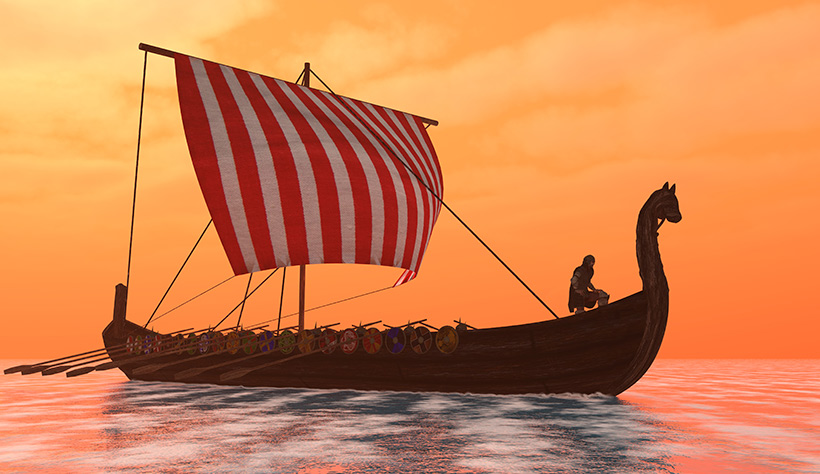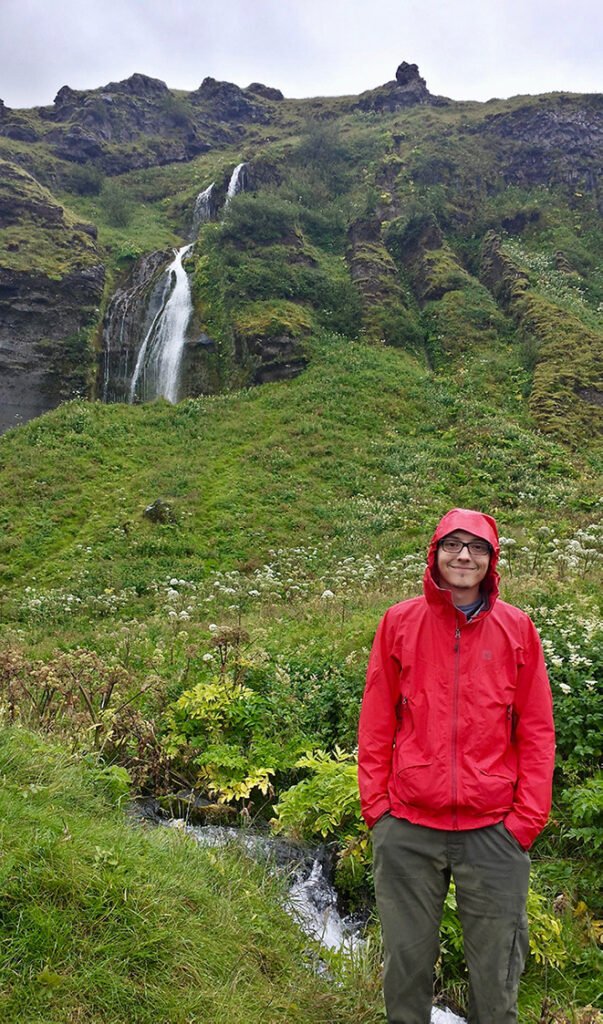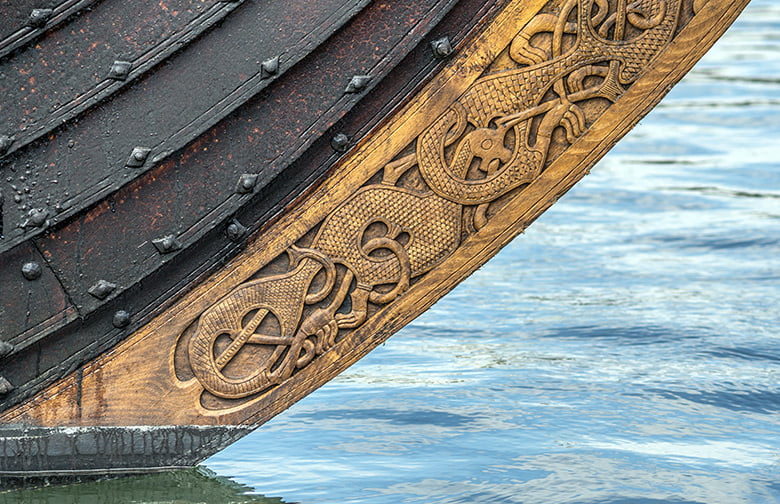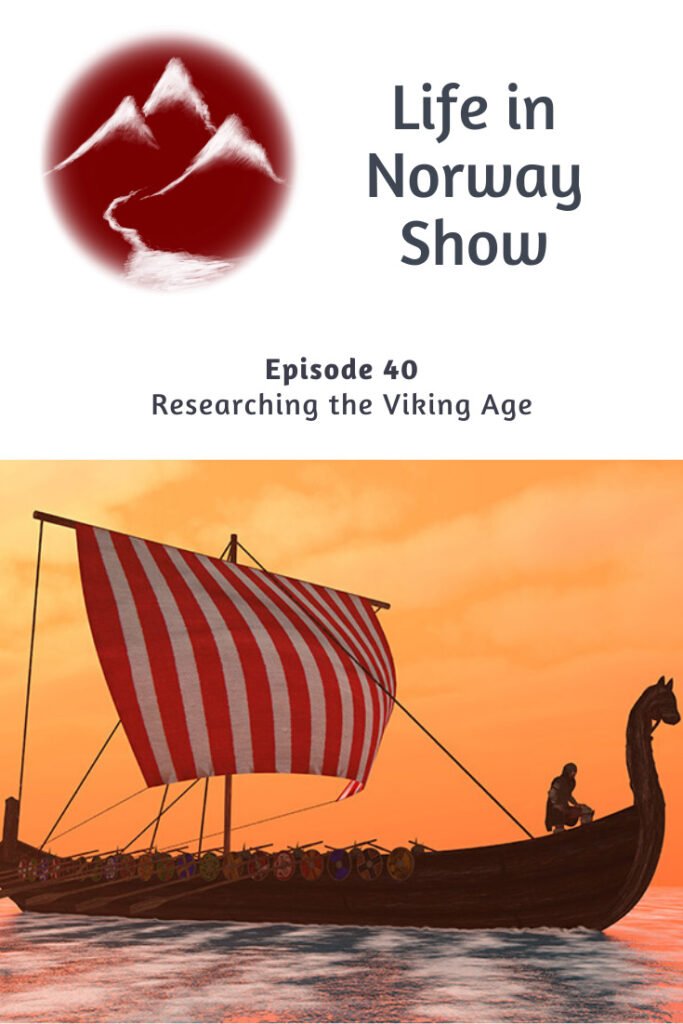
Life in Norway Show Episode 40: A look inside a research centre focused on the Viking Age.
Just a few episodes ago I spoke to a Viking ship archaeologist. Today I'm returning to the subject of the Norsemen and talking to researcher Keith Ruiter who focuses his studies on the Viking Age.
We talked about the importance of researching historical time periods, and just how we go about doing that. We also cover why learning languages, including how to read Old Norse, is so important to the work.
Listen to the show
You can listen to the show using the web player below, or on your podcast player of choice. This includes: Apple Podcasts, Stitcher, YouTube (audio only), and now Spotify. Simply search for ‘life in Norway' on your platform of choice to get started.
Wherever you listen, don't forget to hit ‘subscribe' to ensure you don't miss an episode!
Why research the Viking Age?
I began by asking Keith why it's important to study Viking history to find out how people lived more than 1,000 years ago: “I think there's a few different ways of looking at this. Something we often hear is that by looking at the past, we can know where we've been and we can have a better idea of where we're going. I think there's there's a lot of truth to that.”
Keith highlighted the current UN Sustainable Development goals that describe the challenges of the present day, including social and environmental change, and reducing inequality. “The Viking Age was the birth of urbanisation in Scandinavia. That urbanisation process was very rapid and people had to deal with a whole variety of logistical challenges around that.”

“So while the way that we might tackle those problems is going to be different today, we can look to the past and think about how people have approached the same issues in different periods,” he says.
The importance of language
We spoke about the differing perceptions of the Viking Age. During my own upbringing in the UK, we learned about the raid on Lindisfarne and the concept of Danelaw, but little else.
Sources included the Anglo-Saxon Chronicle, which of course just tells one side of the story. But Keith explained that some written sources from the Vikings themselves do exist, including runic inscriptions and skaldic poetry.
He also touched on the importance of learning languages to put this evidence into context. The Icelandic sagas are in Old Norse, but Keith says even knowledge of a modern Scandinavian language can help:
“When researching it's important because not everything has been translated into English. So we need to read around the subject in different languages. Old Norse is essential when studying the Viking Age because this language allows us to access the semantics and the concepts that these people used to talk about themselves.”

“People tend to think of Vikings as marauding barbarians doing terrible things, but by reading around you get a more nuanced view of trading and exploration.”
Vikings in popular culture
I couldn't resist asking Keith his opinion on how the Norsemen are portrayed in movies and television:
“So much of those sorts of productions are geared towards entertainment, and that's important. We need to entertain ourselves, but we need cultural productions that speak to our experiences and our current ways of thinking about the world.” He also says that this is a topic that the centre engages its first year students in.
Keith also confirms the common view that Viking warriors wore horned helmets is indeed a myth! Listen to the show to discover how this myth came about.
Links from the show
- Read the blog, Vikings in the East Midlands
- University of Nottingham's Centre for the Study of the Viking Age
- Follow Keith on Twitter
If you enjoyed this episode, why not share it on Pinterest so more people can discover it? Here's the perfect pin for you:



Thank you for this wonderful discovery of your show ! I am sharing with my friends! Tak!